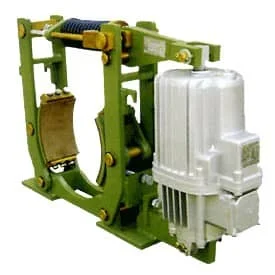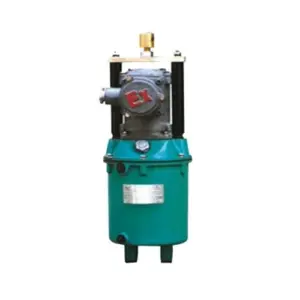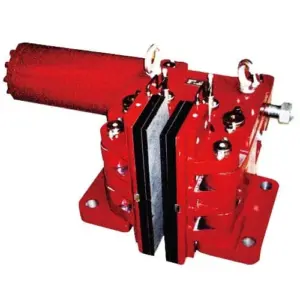The port is an environment of extremes. Massive loads, 24/7 duty cycles, and the constant, relentless assault of a saline atmosphere. For the critical safety components on a Ship-to-Shore (STS) or Gantry crane, this environment is a battlefield. And the primary enemy is corrosion.
A standard industrial brake, perfectly suitable for an inland factory, can be rendered unreliable or completely inoperable in a matter of months in a marine environment. Understanding how corrosion attacks and how to build a robust defense is not just about extending component life—it’s about ensuring the safety of personnel and the uptime of multi-million-dollar assets.
Why is Saltwater So Destructive?
It’s more than just rust. The chloride ions in salt spray and fog act as a catalyst, dramatically accelerating the electrochemical process of corrosion. This isn’t a uniform layer of red rust; it’s an aggressive attack that leads to two specific, dangerous forms of degradation:
- Pitting and Crevice Corrosion: Saltwater finds its way into the smallest gaps—between a pin and its bushing, under a fastener head—and attacks the metal, creating deep pits that can lead to stress fractures.
- Galvanic Corrosion: When two different metals are in contact in the presence of an electrolyte (saltwater), one will corrode preferentially to protect the other. This can rapidly destroy critical components like fasteners and pins.
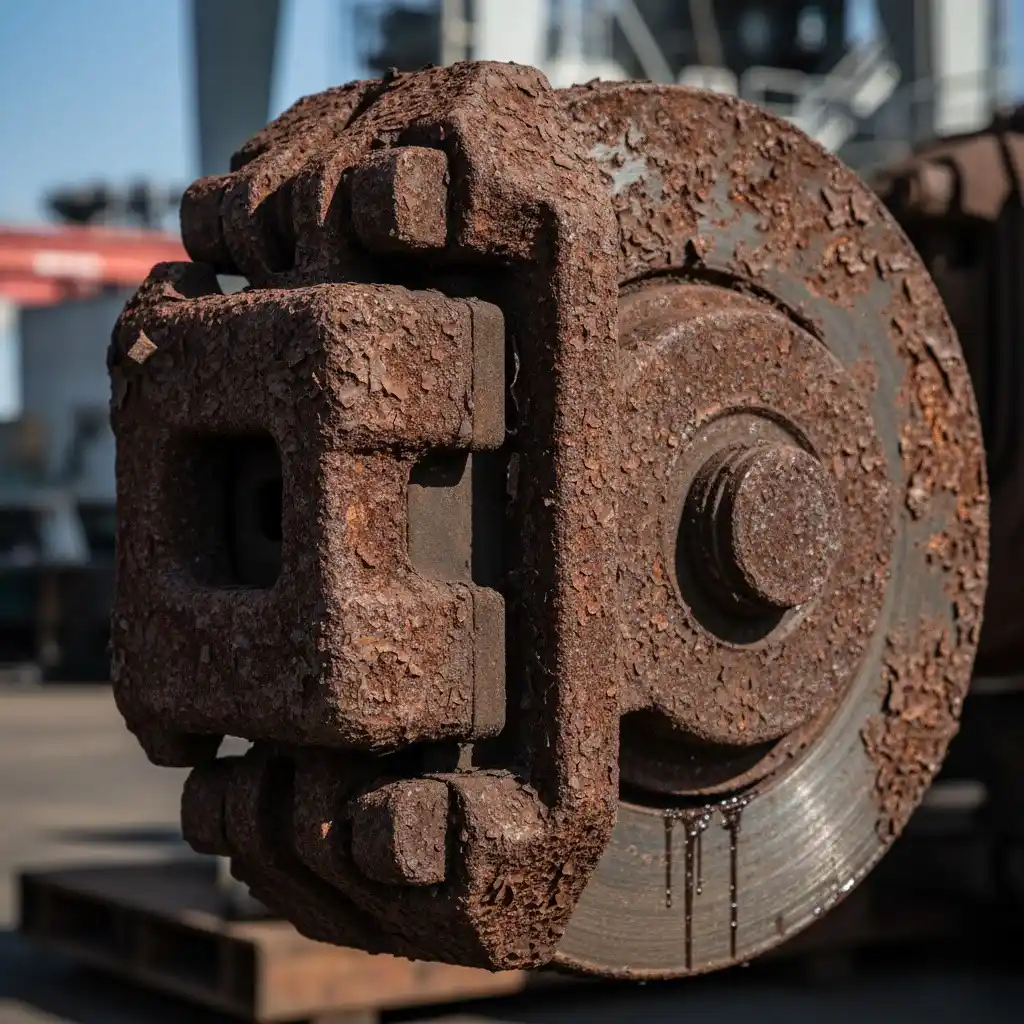
The Anatomy of a Corrosion Failure: Where Brakes Suffer Most
Corrosion doesn’t cause a brake to fail overnight. It’s a slow, insidious process that attacks the most vulnerable points first, leading to predictable and dangerous failure modes.
1. Seized Pivot Points and Linkages
This is the most common point of failure. A small amount of corrosion builds up between a main pivot pin and its bushing. This added friction prevents the brake arms from moving freely. The brake may fail to release completely, causing it to drag and overheat, or worse, it may fail to engage with the required force.
2. Weakened Springs and Fasteners
The main spring provides the fail-safe braking force. As it corrodes, its effective diameter is reduced, weakening it and lowering the brake’s torque rating. Corroded fasteners can lose their clamping force or seize, making adjustments impossible. In the worst case, a critical fastener can snap under load.
3. Degraded Actuator Performance
Corrosion attacks the bodies and piston rods of Electro-Hydraulic Thrusters and other actuators. A pitted piston rod can tear the main seal, leading to fluid leaks and a complete loss of function.
The Multi-Layered Defense Strategy Against Corrosion
You can’t stop the sea, but you can implement a strategy to protect your braking systems. A comprehensive approach involves three layers of defense.
Layer 1: Enhanced Maintenance (The Baseline)
For any brake in a marine environment, a standard maintenance schedule is not enough.
- Frequent Washdowns: Regular freshwater washdowns can rinse away salt deposits.
- Marine-Grade Lubrication: Use high-performance marine grease that is water-resistant and specifically designed to prevent corrosion on all pivot points.
- Aggressive Inspection: Maintenance checks must specifically look for the early signs of corrosion, not just wear and tear.
Layer 2: Material and Coating Upgrades (The Better Way)
If you’re replacing a brake or ordering a new crane, specifying the right materials and coatings is the most cost-effective way to extend its life.
- C5-M Certified Coating: Demand a paint system that meets the ISO 12944 C5-M (Marine) standard. This involves a multi-layer epoxy and polyurethane coating system for maximum protection.
- Stainless Steel Components: Insist on stainless steel for the most critical small parts: all pivot pins, fasteners, plungers, and nameplates. The small upfront cost prevents huge downstream failures.
- Enhanced Sealing: Ensure actuators and thrusters have high-quality seals and chrome-plated or stainless steel piston rods.
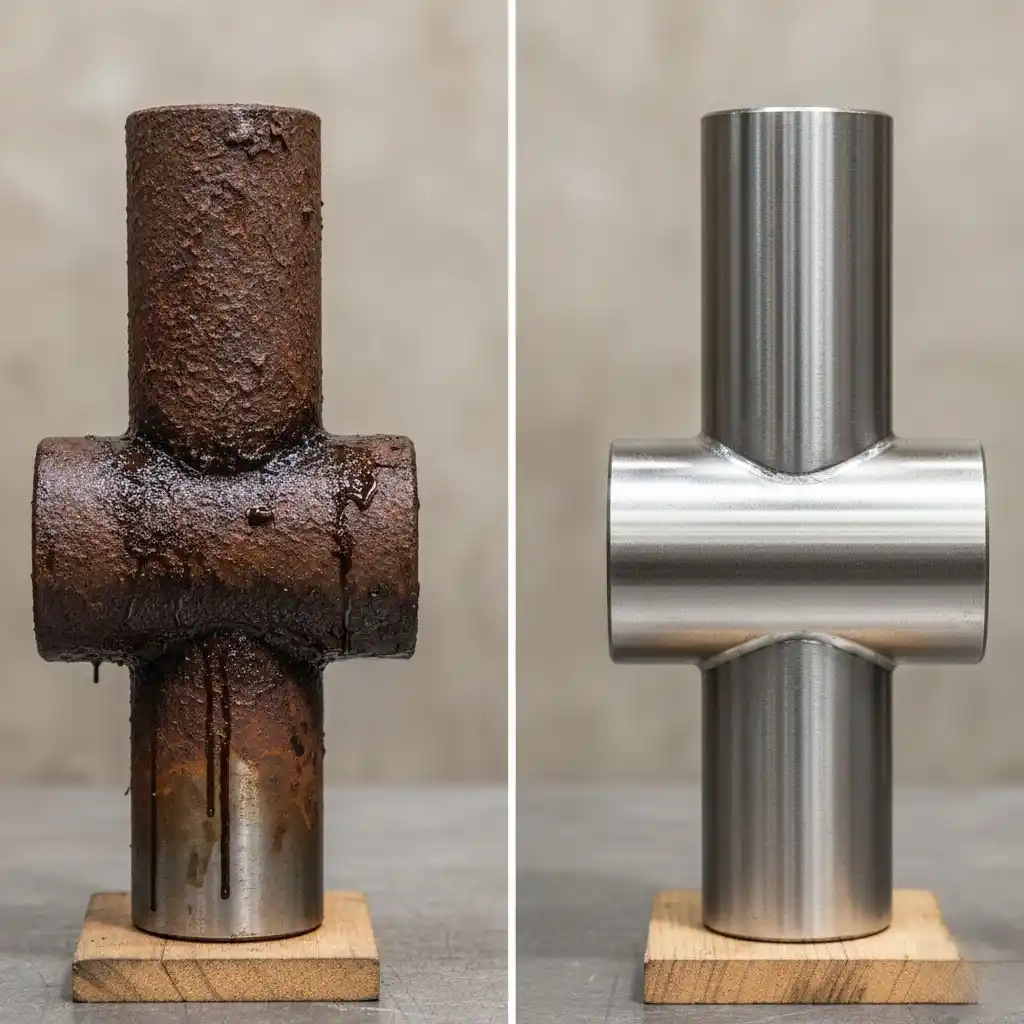
Layer 3: Purpose-Built Systems (The Ultimate Solution)
The best defense is a system designed from the ground up for the port environment. Brakes intended for this service are not just standard models with better paint. Their entire design philosophy is different.
Our YFX Series Storm Brakes and SH Series Hydraulic Fail-Safe Brakes are engineered for the fight against salt. They incorporate features like:
- Standard stainless steel pivot pins and fasteners.
- A C5-M marine coating as the default option.
- Linkage designs that minimize water-trapping crevices.
- Robust sealing on all actuators.
Don’t Let a Standard Brake Become Your Weakest Link
In the demanding world of port operations, the initial purchase price of a brake is a fraction of its total cost of ownership. A cheaper, standard brake that requires frequent replacement and poses a constant risk from corrosion is the most expensive choice you can make.
Investing in a braking system engineered specifically for marine environments is an investment in safety, reliability, and long-term profitability.


